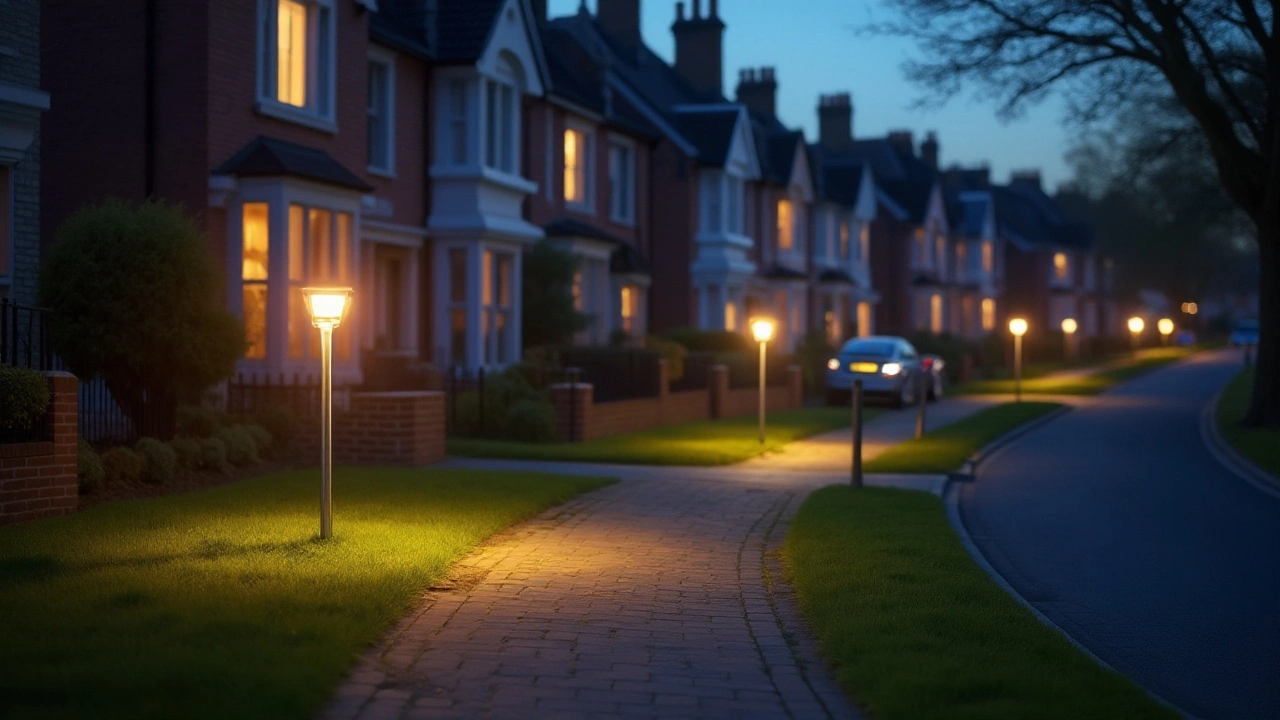If your sensor lights keep flickering, won’t turn on, or stay on all night, you’re not alone. Most homeowners face at least one of these glitches, and the good news is they’re usually easy to fix. Below we’ll walk through the most typical sensor light issues, why they happen, and what you can do right now to get your lighting back on track.
The first thing to check is power. Even a tiny loose wire can stop a light from receiving electricity. Turn off the breaker, remove the cover, and make sure the wiring nuts are tight. If the bulb is a LED, double‑check that it’s the correct voltage rating – using a 12 V LED in a 24 V fixture will keep it dark.
Next, look at the sensor itself. Most outdoor sensors have a small reset button or a dial for sensitivity. Dust and small insects love to settle on the sensor face, blocking the infrared beam. Gently wipe the sensor with a soft cloth and see if it starts reacting to motion again.
Flicker often points to a voltage fluctuation. If you’ve added new appliances to the same circuit, they might be pulling extra power. Try moving the light to a dedicated circuit or install a simple voltage stabiliser. Another cause is a weak battery in a solar‑powered sensor. Replace the battery and give the panel a few hours in direct sunlight.
Sometimes the issue is the timing settings. Many sensors let you set how long the light stays on after motion is detected. If the timer is set too low, the light may appear to flash on and off as it constantly resets. Adjust the timer to a longer duration – five minutes is a good starting point.
If your light never turns off, the sensor might be stuck in “always on” mode. Look for a manual override switch on the fixture; turning it off usually restores normal operation. If there’s no switch, the sensor’s internal circuitry could be faulty. In that case, swapping the sensor module for a new one is often cheaper than calling an electrician.
Another culprit is stray reflections. A nearby reflective surface, like a fence or glass window, can constantly trigger the motion detector. Re‑angle the sensor or add a small piece of low‑gloss tape to the reflective spot to stop the false alarms.
Finally, consider the placement. Sensors should be mounted at waist height and aimed slightly downward. Mounting too high can pick up movement from distant trees or passing cars, causing the light to stay lit. Adjust the mounting bracket until the detection zone covers only the area you want to protect.
By following these quick checks – power, sensor cleanliness, timing settings, battery health, and placement – you can solve the majority of sensor lights issues without a professional call. Keep a spare LED bulb and a small screwdriver in your toolbox; a few minutes of DIY can save you a costly service call and keep your property well lit and secure.

Motion sensor lights have become popular due to their energy efficiency and convenience. However, they come with some drawbacks that homeowners should consider before installation. Issues such as unnecessary activations, installation challenges, and potential security vulnerabilities can offset their benefits. Additionally, the sensitivity and range of these lights can sometimes lead to frustration. It's essential to weigh these cons against their advantages to make the best lighting choice for your home.